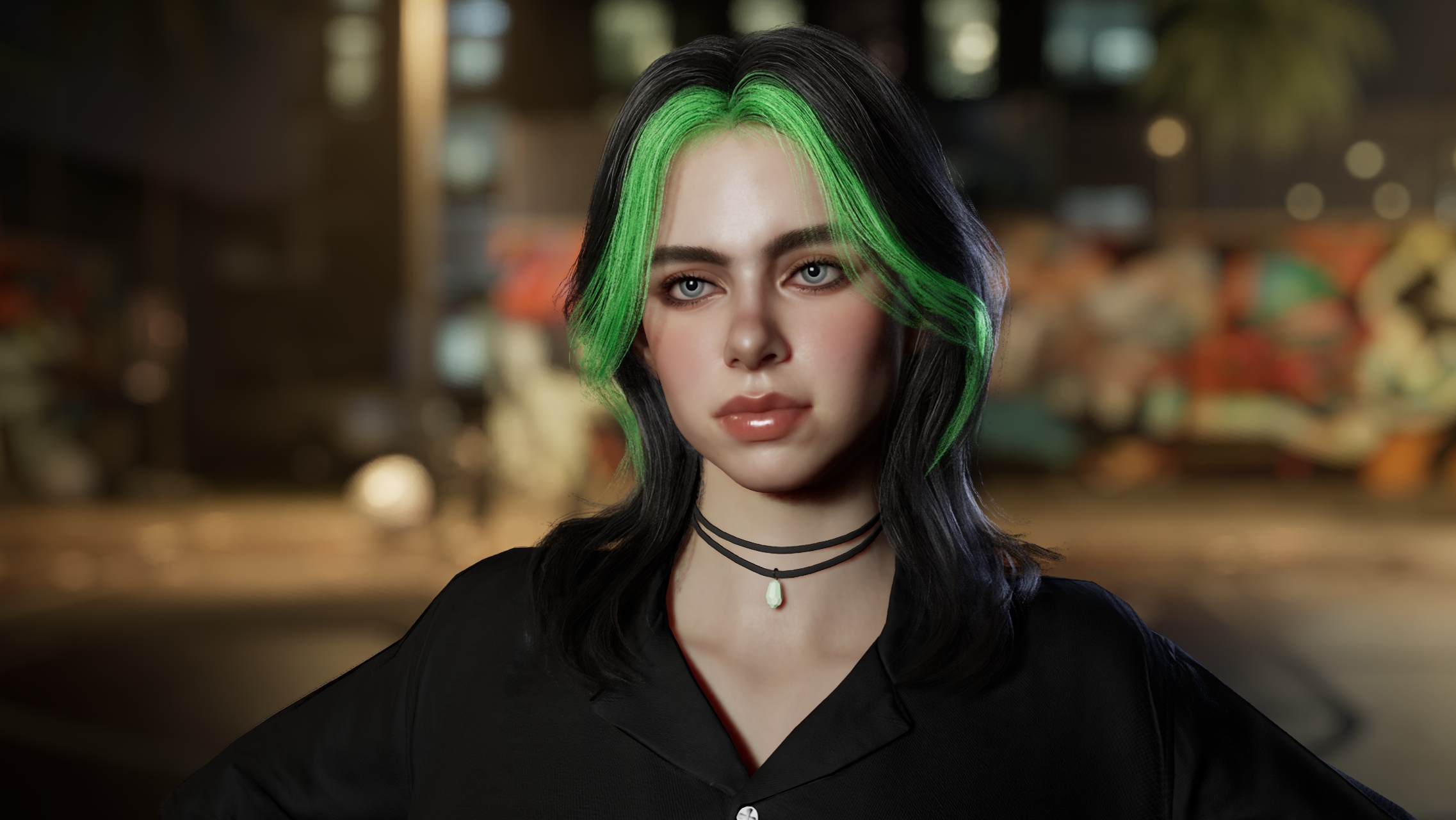
Ichiro Lambe is a games industry veteran with one hell of a CV: he co-founded Worlds Apart (which became Sony Online Denver), founded Dejobaan Games (probably best-known for the excellently named skydiving game AaaaaAAaaaAAAAaAAAAA!!!), and consulted at Valve for a spell, during which he was one of the key movers behind the creation of Steam Labs.
Steam Labs is all about poking at the data and experimenting with how the platform serves developers and players. Even though Lambe is no longer working with Valve, such habits clearly die hard: last year he took a look at how many games on Steam were disclosing use of generative AI, and found around 1000 titles. Now he’s circled back to see how things have changed, and the short answer is: there are a hell of a lot more.
Lambe found that just under 8,000 games on Steam (“more precisely: 7,818 titles”) disclose GenAI usage in their creation. The total number of games on Steam is just under 115,000, so this figure represents 7% of the games on the platform.
“We’ve octupled last year’s figure,” notes Lambe. “In fact, a little under 20% of all games released in 2025 have disclosed such use.”
With one in five games now featuring the technology, GenAI is clearly here to stay. The more interesting question Lambe then poses is what they’re using it for. Around 60% of the disclosures related to visual assets of all sorts. Other popular uses are audio generation, such as using text-to-speech tools to voice characters, narrative generation (which can range from minor item descriptions to the entire story arc), and generating marketing materials. Finally, another biggie: “A ton of code generation assistance going on.”
Among the examples Lambe picks out there are what seem like good use cases for AI, particularly when you bear in mind that these games are coming from indie devs rather than big studios. A game called Comedy Night, for example, uses AI to auto-detect offensive names, descriptions, and uploaded stage backgrounds.
But many, many others use GenAI to create the majority of the game: AI Roguelite uses it to “live-generate in-game content such as text, images, and sound effects,” while Never Ending Dungeon has it generating “rich, diverse scenarios with maps tailored for both Game Masters and players” with AI NPCs, enemies, traps, and rooms.
AI Roguelite is an interesting example, Lambe notes, because while many of these games are in early access and in some ways unfinished, this has 432 reviews and an 82% positive rating. The reviews show players enjoy the flexibility, with one lauding how it can tell the “story of a homeless man turned mage taking over the world with questionable weapons/abilities, while in the process waiting in line to use the public restroom, feeding Naruto drug-infused flan, and making a deal with the Burger King (himself) for an unlimited lifetime supply of Whoppers, this game will let you do that. And I think that’s beautiful.”
The necessary caveat here is that the kind of player who’ll try and/or buy something called AI Roguelite is going to be self-selecting, and probably inclined towards being positive about the technology. But I’m not suggesting that these reviews are false positives: Lambe thinks the interesting takeaway is that “consumers feel there are games that do make GenAI-in-gameplay work.”

The biggest-selling genAI games, for the most part, use the technology lightly. My Summer Car (estimated sales: 2.5 million units) uses it for “some AI generated paintings found inside the main house.” Liar’s Bar (estimated sales: 1.3 million units) uses it to voice the characters. The Quinfall (estimated sales: 175k units) uses it for “some in-game interface images” while “all AI running outside the game interface is programmed by [developer] Vawraek Technology.”
The most high-profile example of genAI use is Krafton’s InZOI (estimated sales: 500k units), which allows players to use text input to generate outfit textures, 3D items, and even animations (using video input).
Lambe notes that the language of AI disclosures is also being more carefully curated, with developers aware of the potential for user backlash. Thus many of the disclosures outline the GenAI use case, before emphasising that humans remain in charge.
“It’s a tightrope walk,” says Lambe. “They’re disclosing usage, as per Valve’s rules, but also working hard to reassure customers that a human is still at the helm, ensuring quality and, well, artistic integrity. Will they sway GenAI opponents? I dunno.”
The deep dive ends with a reminder that the 8k figure for games involving GenAI is based on self-disclosure as per Valve’s rules. There are undoubtedly games out there using it that haven’t done so and fly under the radar (or get called out), so this number is going to be at the low end of the reality.
As for where we go from here, the obvious and probably accurate prediction is that we’ll see even more games incorporating GenAI over time. But things may not be so simple.
“There are devs who absolutely will not use anything that’s trained on other people’s material, or (even in cases where training materials are licensed) object to GenAI on the basis that it takes the creativity out of things or nukes jobs,” concludes Lambe. “To wit, there’s a vocal anti-AI sentiment among artists and gamers who simply won’t buy games with this stuff in.”
Then a final question: “How many games [using GenAI] on Steam by the end of the year? Taking all bets.”
